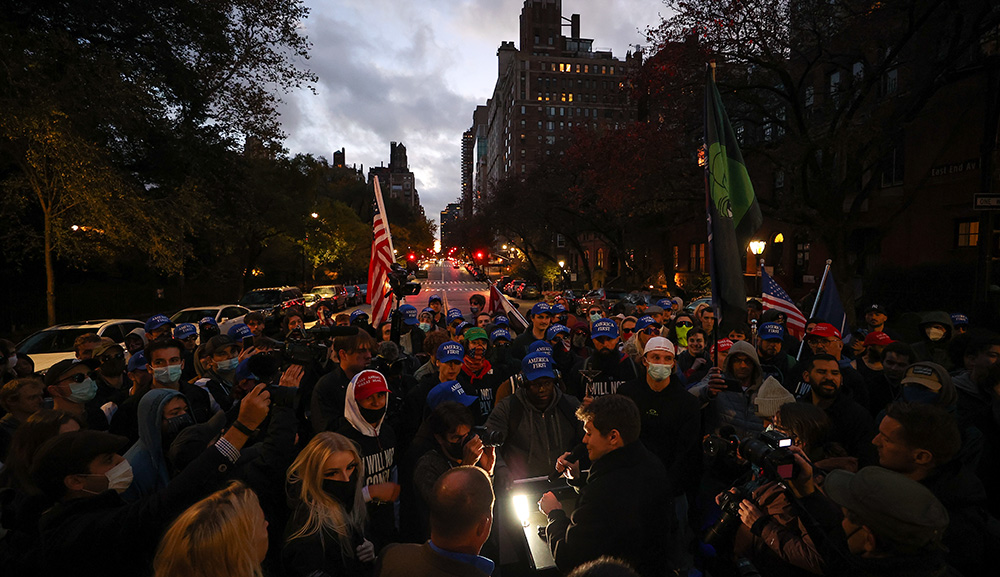At a recent conference of American Muslims for Palestine, Zahra Billoo—the director of the San Francisco branch of the Council on American-Islamic Relations (CAIR)—warned her audience of the dangers of “polite Zionists,” who, despite friendly appearances, are their “enemies.” Muslims, according to Billoo, should shun and “oppose” groups that fall into this category, which include campus Hillel houses, the Antidefamation League (ADL), local Jewish federations, and “the Zionist synagogues.” To anyone familiar with CAIR, writes Jonathan Tobin, this message shouldn’t come as a surprise:
Though it was first created as a political front group supporting fundraising for Hamas terrorists in the U.S. and has remained a bastion of anti-Israel hate, CAIR has largely succeeded in persuading many Jews as well as the media and government institutions that it is a civil-rights group; . . . many in the Jewish establishment were not only willing to give CAIR a pass, but actively helped it go mainstream.
Now . . . the question is whether American Jewry and its leading organizations are capable of drawing the proper conclusions about CAIR. More to the point: will Jewish community relations councils and others who are dedicated to promoting interfaith dialogue with Muslims finally understand that as valuable as that effort might be, it can’t be achieved by partnering with groups like CAIR?
American Jews and Muslims need to understand each other better, and that can be facilitated by outreach and dialogue. But as is often the case with efforts to seek commonalities with other minorities or faith groups, those involved often regard the process itself as more important than actually safeguarding the interests of the Jewish community. That failing was key to CAIR’s efforts to rebrand itself as the Muslim version of the ADL.
More about: American Jewry, Anti-Semitism, CAIR, Muslim-Jewish relations


